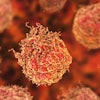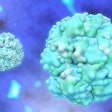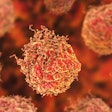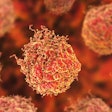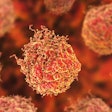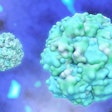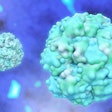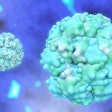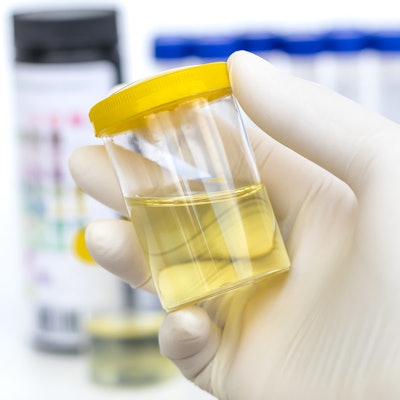
The use of genetic risk signatures derived from urine test analyses looks promising for differentiating aggressive versus indolent types of prostate cancer, as well as for use in active surveillance, possibly sparing those at low risk of disease or progression from having to undergo biopsies, according to a recent study.
A prostate urine risk (PUR) classifier is likely complementary to current methods for assessing prostate cancer, such as prostate-specific antigen (PSA) blood tests, which are sometimes difficult to interpret and put men at risk for overtreatment, and digital rectal examinations, concluded researchers from the University of East Anglia in Norwich, U.K. The classifier was developed from samples from 535 men and focused on a combination of 36 genes.
Four PUR signatures for gene expression identified by the researchers through mathematical algorithms helped show whether cancer was low, intermediate, or high risk.
"Urine biomarkers offer the prospect of a more holistic assessment of cancer status prior to invasive tissue biopsy and may also be used to supplement standard clinical stratification," wrote co-lead author Shea Connell, PhD, a clinical data scientist, and colleagues in their report of the study, which was funded by the Movember Foundation, a nonprofit group centered on men's health (BJU International, May 20, 2019).
Aiming to reduce unneeded biopsies
The U.K. researchers' efforts represent a broader move to improve the assessment of prostate cancer and spare patients from biopsies and treatments for indolent disease that may result in impotence and incontinence, which can damage quality of life. Up to 75% of men with elevated prostate-specific antigen levels -- i.e., more than 3 ng/mL -- are actually negative for cancer on biopsy, they noted. Conversely, 15% of those with prostate cancer do not have elevated PSA, and of those, 15% have high-grade tumors.
"This illustrates the considerable need for additional biomarkers that can make [prebiopsy] assessment of prostate cancer more accurate," Connell et al wrote.
The authors noted that urine biomarker models are already available; however, they were designed for single purposes, such as for detecting prostate cancer on rebiopsy, as in the case of the prostate cancer antigen 3 (PCA3) test, or for detecting cancers with a Gleason score of 3 or 4. Tumors with a Gleason score of less than 6 are typically slow-growing.
Connell and colleagues created their four PUR signatures to "provide a [noninvasive] and simultaneous assessment" of noncancerous tissue as well as tumors with low, intermediate, and high risk based on the D'Amico risk classification system.
"The use of individual signatures for the three D'Amico risk types is unique and could significantly aid the deconvolution of complex cancerous states into more readily identifiable forms for monitoring the development of high-risk disease in, for example, men on [active surveillance]," they wrote.
Identifying high-risk disease
For the study, urine samples were collected after digital rectal exams from men treated at the following institutions: the Norfolk and Norwich University Hospital in Norwich, the Royal Marsden Hospital in London, St. James's Hospital in Dublin, and Emory Healthcare in Atlanta. Genetic testing was done with probes developed by NanoString Technologies.
In a test cohort of 177 men, there were dramatic differences in RNA profiles based on the aggressiveness of the cancer, the researchers found. For example, a PUR-4 score was associated with clinically significant intermediate or high-risk disease.
Connell and colleagues also reported long-term data for a cohort of 87 men treated at Royal Marsden, with a median assessment period of 5.7 years. They found a significant difference in PUR test profiles between 23 men who progressed five years after the time of urine sample collection and 49 men who did not progress.
Having this kind of prognostic information could help reduce the rate of patient-elected radical therapeutic interventions in men who are on active surveillance, which is as high as 75%, the researchers noted.
"Indeed, we would view the use of PUR within the context of [active surveillance] as its major potential clinical application," they wrote.

